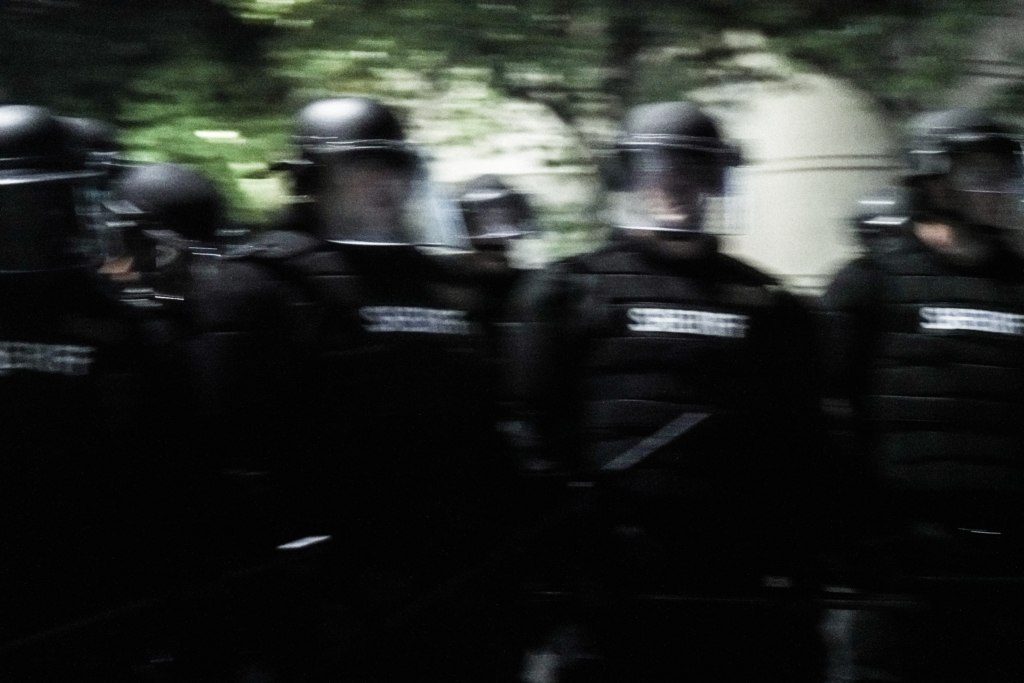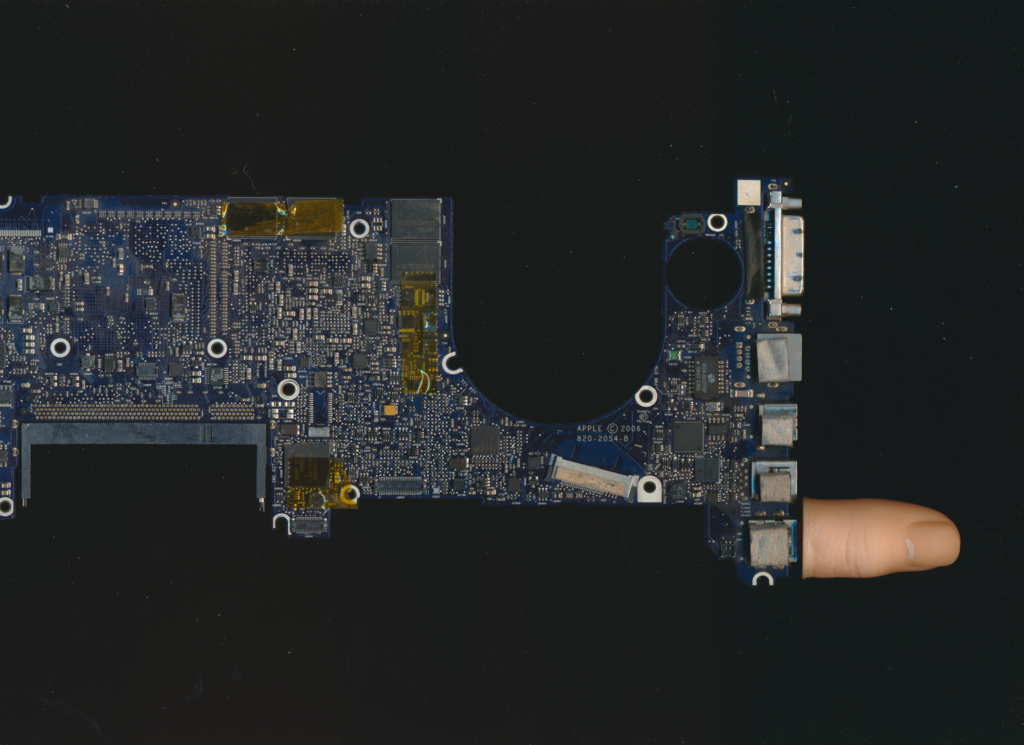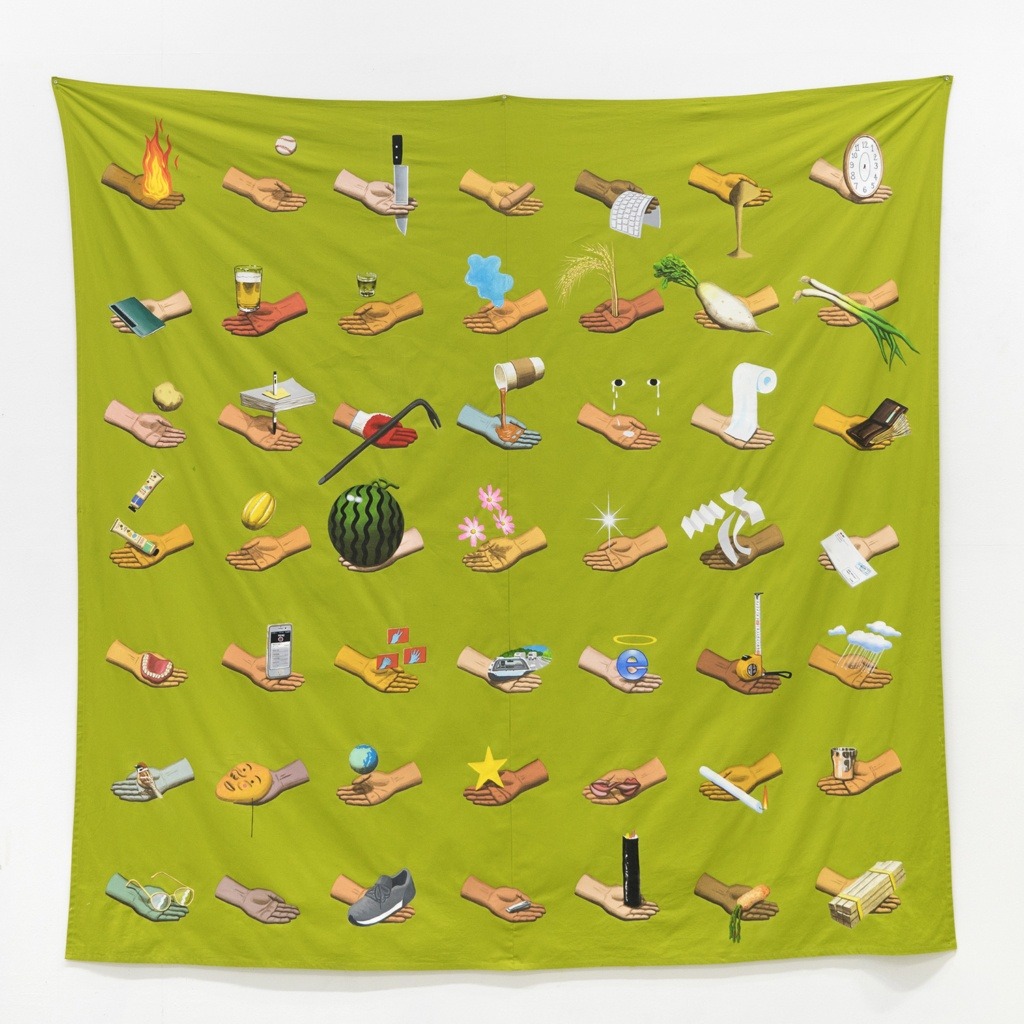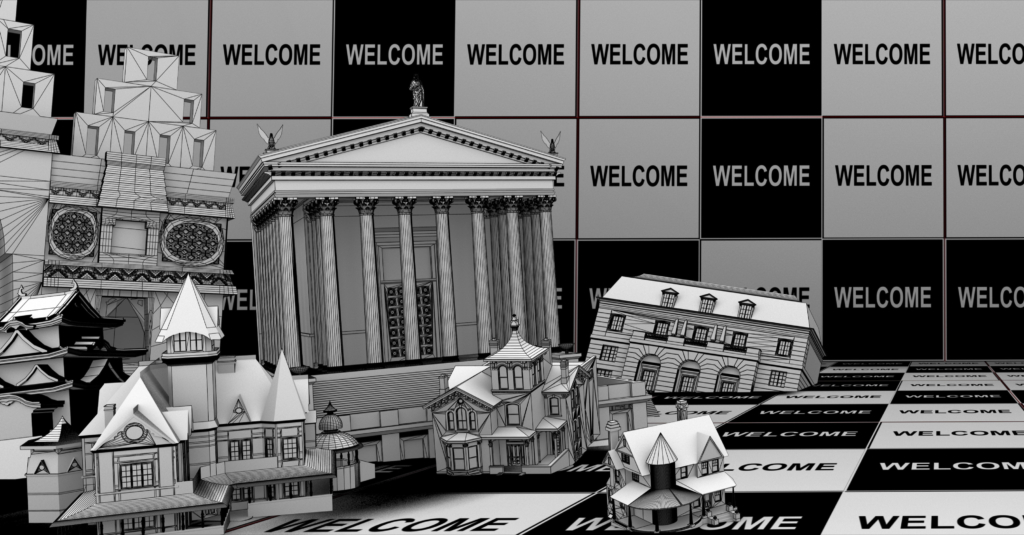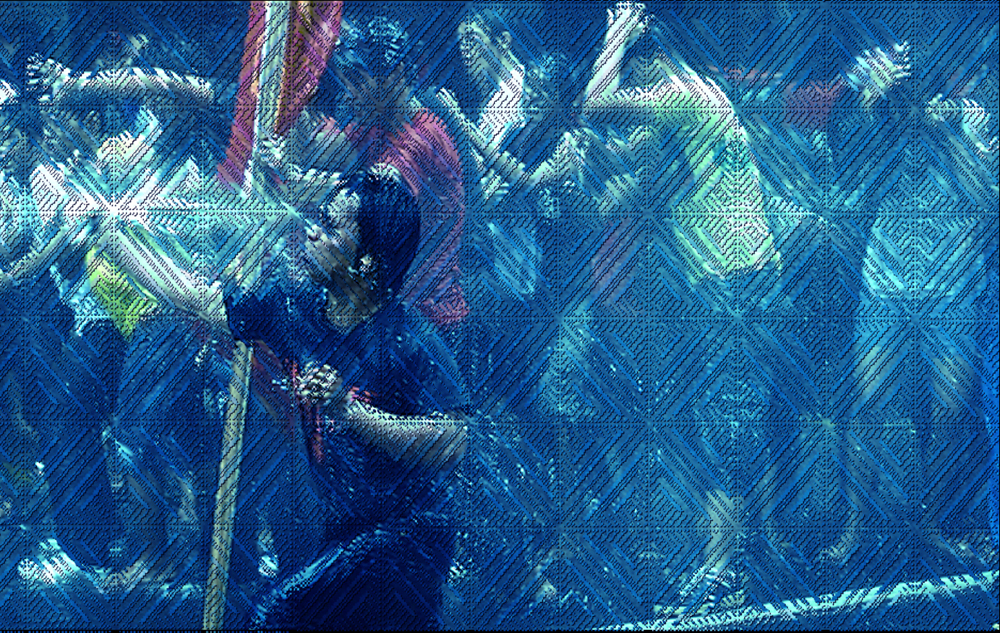Topics
Activism
Technologies of protest and protest of technologies
Fixing to Die
There is always a new “incident” to report of how a tech company’s product led to some instance of harm — algorithmic bias or intensified surveillance reproducing social injustice, gig economy platforms prompting abusive labor practices, disinformation leading to violence, and on and on. Reform seems insufficient, so what lessons can tech criticism draw from abolition movements?
Disassembly Required
Robots are designed to gain our sympathy through anthropomorphic and often adorable features. Treating robots with aggression is often seen as antisocial behavior. However, robots are not our friends: they are tools of the corporations that own them, and thus they are not on our side.
Pay It Forward
As a general rule, crowdfunding relies on neoliberal notions of charitable giving. Altruistic donors provide money to those who have less to make up for state malevolence and neglect. However, crowdfunds can provide an important function as part of a larger mutual aid effort. The distinction is important.
Killing Giants
In framing tech platforms as behemoths, we risk losing track of the politics and contingencies that allow platforms to exist. Capital must reckon with bureaucracies, laws and regulations, local resistances — these are points of vulnerability where tech’s grasp on our lives can be loosened.
Of Being Numerous
The devices and platforms we rely upon to communicate and gather information also keep us under constant surveillance. Our current, collective options for resistance illustrate the extent to which surveillance technologies are sewn into — and give shape to — the fabric of daily life.
Children’s Crusade
The glorification of the youth activist fortifies the idea that being politically engaged and passionate is a young person’s game. As such, teenagers represent an effort-free do-over for adults. Adults enjoy a vicarious thrill in our ability to recognize their heroism, while absolving ourselves of the responsibility to participate.
Clone Wars
While it is disconcerting to discover that we ever were swept up in some robotic and impersonal psyop, we love to “roboticize” or amalgamate political enemies. But this automation is, maybe, always there in human political feeling. Friends generate enemies and enemies generate friends; and chanting, repeating and reposting protest slogans is a vital feature of affecting change.
Being There
“Being there” should be understood in terms of impact rather than mere physical manifestation. Online practice can generate presence in ways that are as effectual as physically showing up at protests is sometimes taken to be.
Terminal Democracy
Positioned at the nexus of so many different frontiers, physical and conceptual, airports seem to be foretold sites of vulnerability and inevitable chaos. Airports are where ideals of free movement collide with protocols of restriction and privilege. That makes them vital sites of protest.
Survival Guides
The end of the world has arrived at many points throughout history. But the recent history of the AIDS crisis shows that communities themselves are the strongest survival mechanisms, metabolizing the technologies of their moments and creating their own.
Body Cam
Online platforms are indispensable tools for political organizing and education, but this yields a conundrum: organizing online means being constantly exposed to the violence, surveillance, and abuse one is organizing against.
